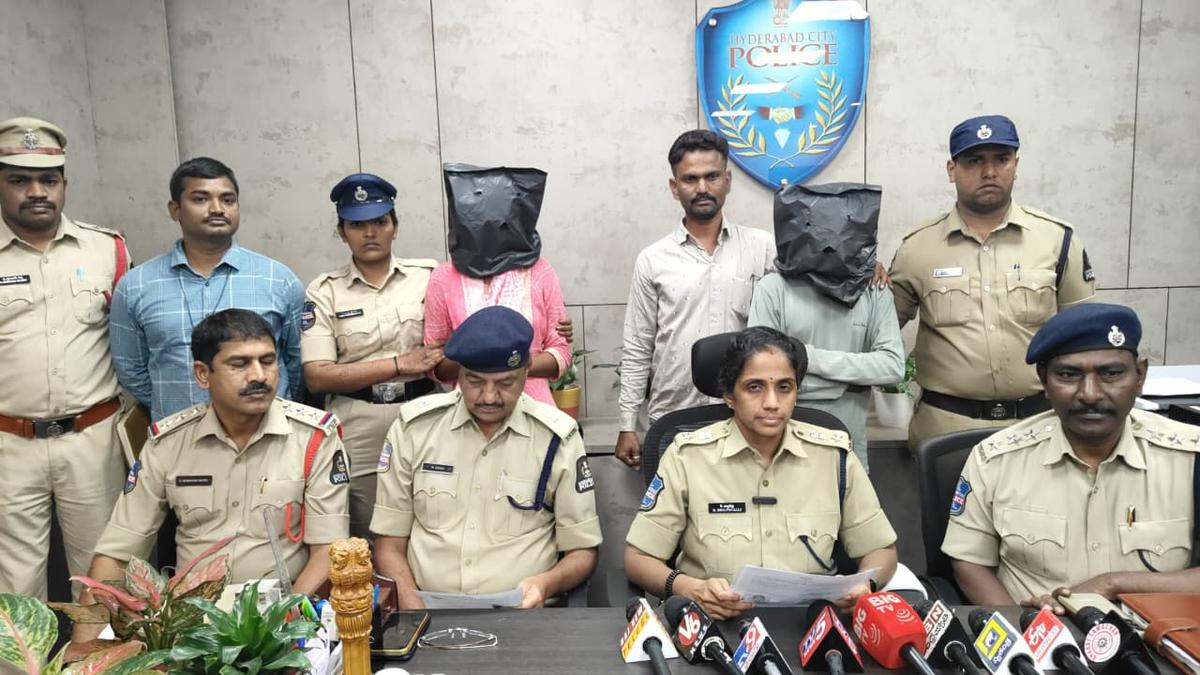Authorities in Karnataka have issued warnings about increase in water levels in the Krishna river and its tributaries following heavy rainfall and increased discharge from Maharashtra.
At least three bridge-cum-barrages in Bagalkot district and five in Belagavi district were submerged forcing commuters to use alternative routes.
Outflow from Almatti dam (Lal Bahadur Shastri reservoir) increased to 1.5 lakh cusecs. This means around 13.5 tmcft of water is being released into the Krishna river. Inflow into the Almatti was around 88,126 cusecs, but was expected to increase.
Total discharge from Maharashtra was 43,672 cusecs, but was expected to increase.

Maharashtra irrigation officials informed their counterparts in Karnataka that outflow from the Koyna dam on the Krishna river was being increased.
“To control the water level in the dam due to increased rainfall in the catchment area of Koyna dam, on August 19 at 8 a.m., the six curved gates of dam will be opened from 6 feet to 8 feet, and 51,200 cusecs of discharge will be released into the Koyna river basin. Both units of the Koyna Dam Power House are operational and 2,100 cusecs of discharge is being started through them. A total of 53,300 cusecs of discharge will start in the Koyna river. Villages along the river are being warned,” stated a communication from Maharashtra.
On August 19 morning, the dam had around 98.57 tmcft of water, or 93.65% of its capacity. Its inflow was around 64,190 cusecs. Rainfall in the region was around 650 mm.
Water release from the Doodhganga inter-State project also increased.
“In the catchment area of Doodhganga dam, continuous heavy rainfall is observed from last three days. In order to control the water level in the dam, on August 19, discharge on spillway will be increased by 4,500 cubic feet per second, total 18,500 cubic feet per second flow will be discharged in Doodhganga river by means of spillway. A release of 1,500 cubic feet per second is continued from power house. Total discharge from spillway and power house will be 20,000 cubic feet per second, which will be released in river from 10 a.m. There is high possibility of considerable rise in water level of Doodhganga river. Considering rainfall and run off in 24 hours, discharge from dam may increase. Hence, villagers and farmers on both the banks of the river are requested not to enter in river stream for any reason. Also, they are requested to relocate farming equipment and cattle, which are near the river bank. All are requested to be aware and take appropriate precautions to be safe,” stated a release from Maharashtra.
The Hippargi barrage recorded inflow and outflow of around 75,000 cusecs. There was no storage due to the high inflow and free flowing condition of the river. Officials reduced the water level in the dam to avoid flooding in the backwater region. On August 19, the dam has 113.75 tmcft of water, or around 92% of its capacity of 123 tmcft.
The Raja Lakhamagouda reservoir on the Ghataprabha river in Hidkal was full at 51 tmcft. Inflow was around 20,750 cusecs and outflow was 17,535 cusecs. The rest 3,000 cuses was being supplied to Belagavi city and industries, and for farming.
Outflow from Markandaya dam increased to over 5,500 cusecs. The Renuka Sagar dam on the Malaprabha river had an inflow of 15,375 cusecs and outflow of 12,794 cusecs. The dam had around 35 tmcft against its capacity of 37 tmcft.



.png)
.png)
.png)
















 7 hours ago
3
7 hours ago
3








 English (US) ·
English (US) ·